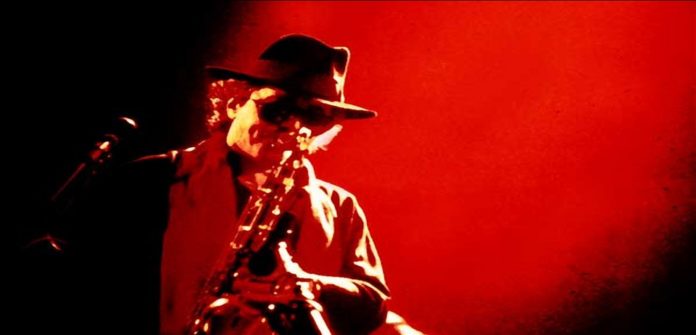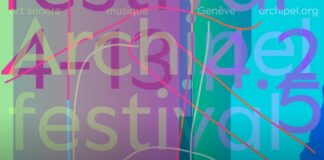Although probably best known for his soundtrack to the 1972 Bernardo Bertolucci film Last Tango in Paris, tenor saxophonist Leandro “Gato” Barbieri, who died on April 2, was an innovator in fusing elements of jazz, rock and popular and indigenous South American musics into an intensely lyrical blend.
Barbieri established himself in the vanguard of 1960s free jazz after moving to Rome from his native Argentina in 1962. While in Rome he played with Don Cherry, with whom he recorded in the mid-1960s. During this, his most avant-garde period, his voice on the instrument showed the strong influences of John Coltrane, Albert Ayler and Pharoah Sanders. His first recording as a leader, In Search of the Mystery (ESP, 1967), is an uncompromising venture into high-energy, freely-structured playing and features the unusual combination of tenor saxophone with cello (Calo Scott), double bass (Sirone), and drums (Bobby Kapp). Between 1965 and 1971 he recorded not only with Don Cherry but with Carla Bley on her Escalator over the Hill album, and with Charlie Haden’s Liberation Music Orchestra.
His most distinctive work may have been the series of LPs he recorded for Impulse in 1973-1974, four “chapters” of which appeared between 1973 and 1975. Chapter One: Latin America, which originally appeared in 1973, was reissued in 1997 as a double CD which also includes the music of Chapter Two: Hasta Siempre (1974-1975) and five previously unreleased tracks. The sessions for this record, which were mostly laid down in Buenos Aires, combined a rhythm section of electric bass, electric and nylon string guitars and trap drums with indigenous instruments such as charango, Indian drums, Indian harp, and quena. One cut included tango great Dino Saluzzi on bandoneon. Accordingly, the sound combines elements of jazz, rock, tango and indigenous music—something that later might have been called world music, but which in itself is a unique blend that stands alone. Although Barbieri’s early, free playing could be quite abstract and approaching pure sound, here his playing is consists in impassioned outbursts of hard-edged melody often spilling over into vocalizations and shouts of encouragement. The raw energy of the earlier work is conserved even as it is reshaped into a individually aggressive cantabile. Barbieri’s urgent lyricism in these recordings pushes up against the settings for his solos—percussion-studded vamps, or chord progressions redolent of tango and Argentinian popular music.
A good example of how this works is Nunca Mas, which appears in two versions on the Latino America CD. On the original LP, the piece is a tango played by the quartet of Barbieri, Osvaldo Bellingieri (piano), Adalberto Cevasco (Fender bass), and Saluzzi. The piece’s chord progression moves around the cycle ii-V-I-vi in a rolling rhythm while sax and bandoneon weave melodies around each other. The alternate, previously unreleased version is a more forward-thrusting affair propelled by nylon string guitar and electric bass; the defining melody doesn’t come in until the end—a deferral that only makes it that much more effective in breaking the tension when it does finally appear.
Barbieri’s music from the mid-1970s on moved in a more commercial direction. But the work on Impulse captured a moment of unique possibility, realized in a singular confluence of sounds.







